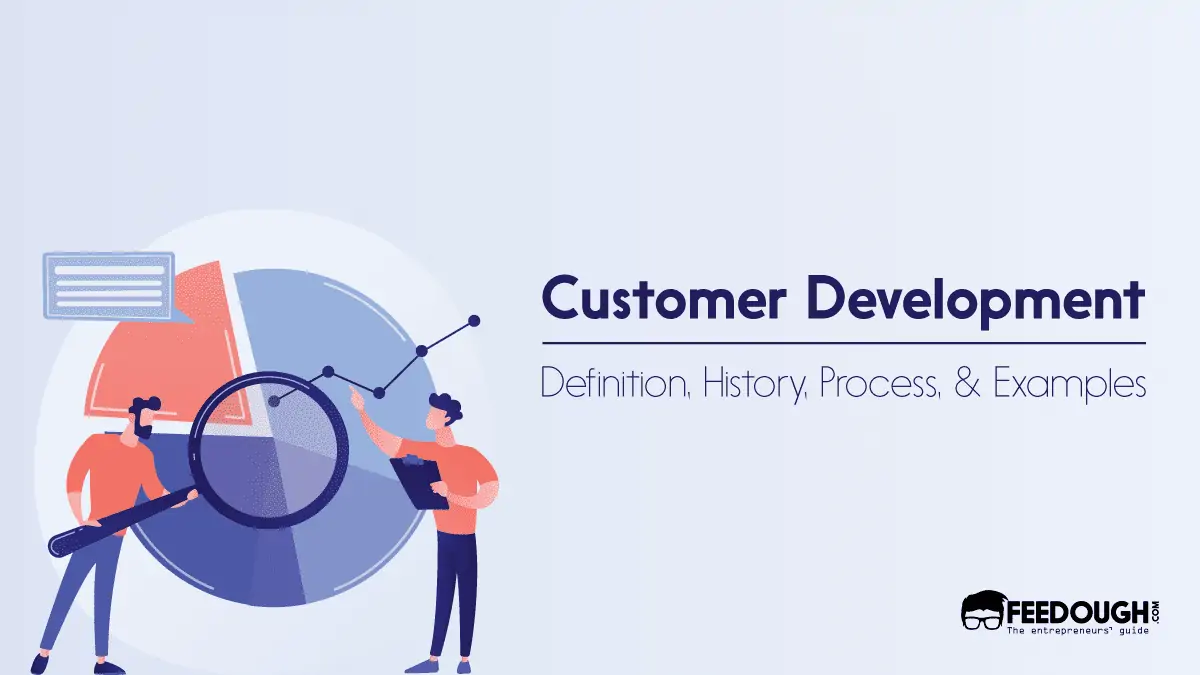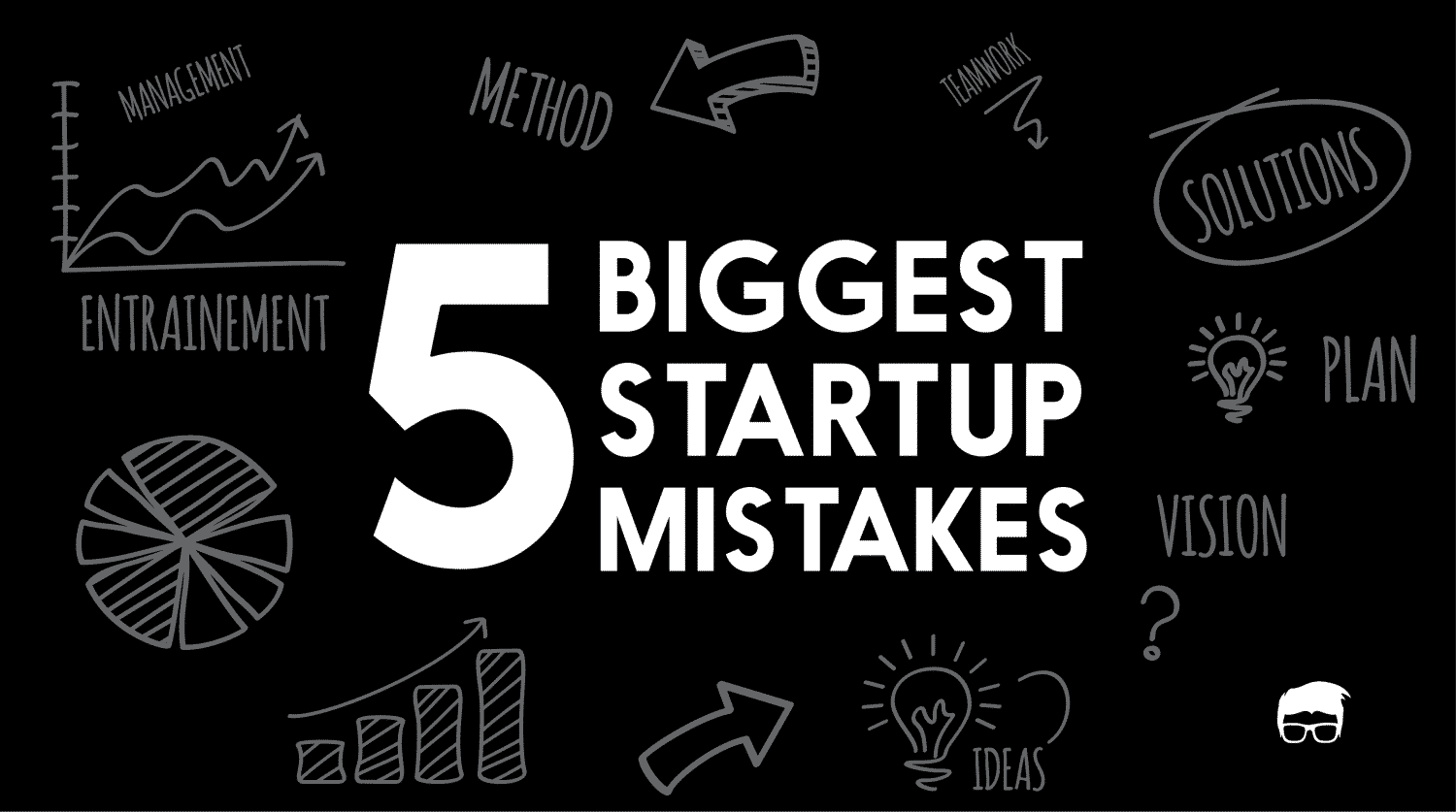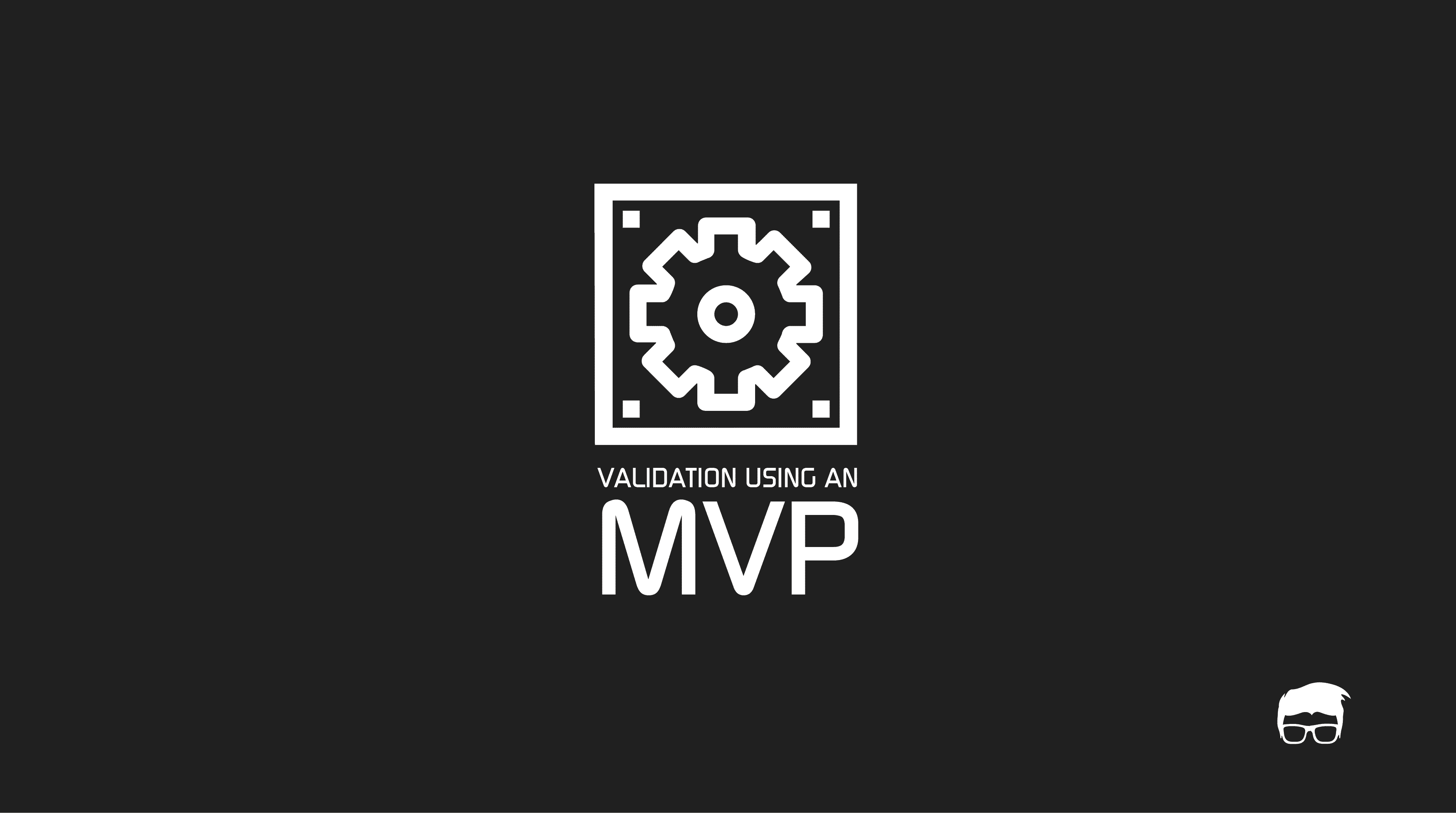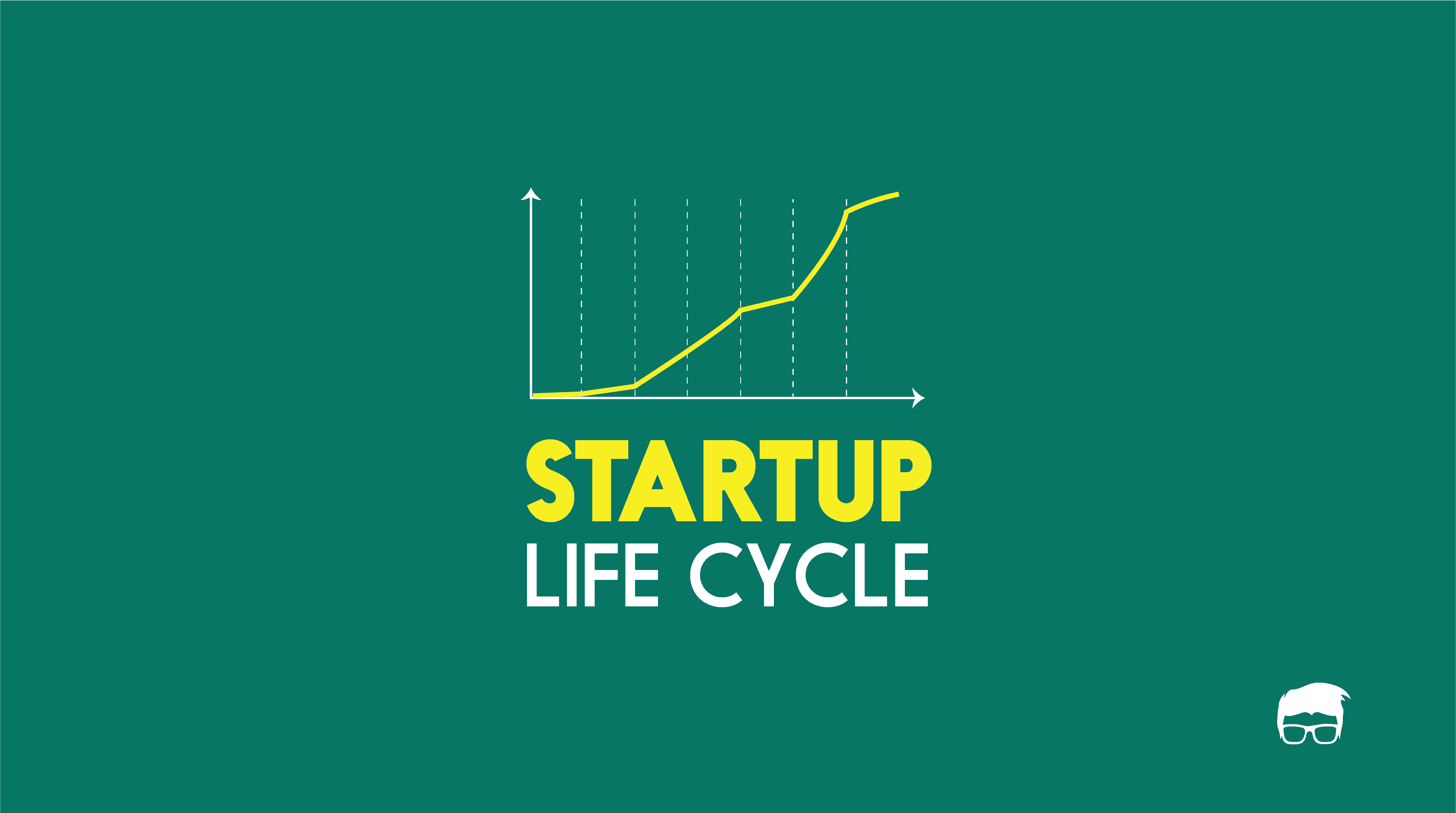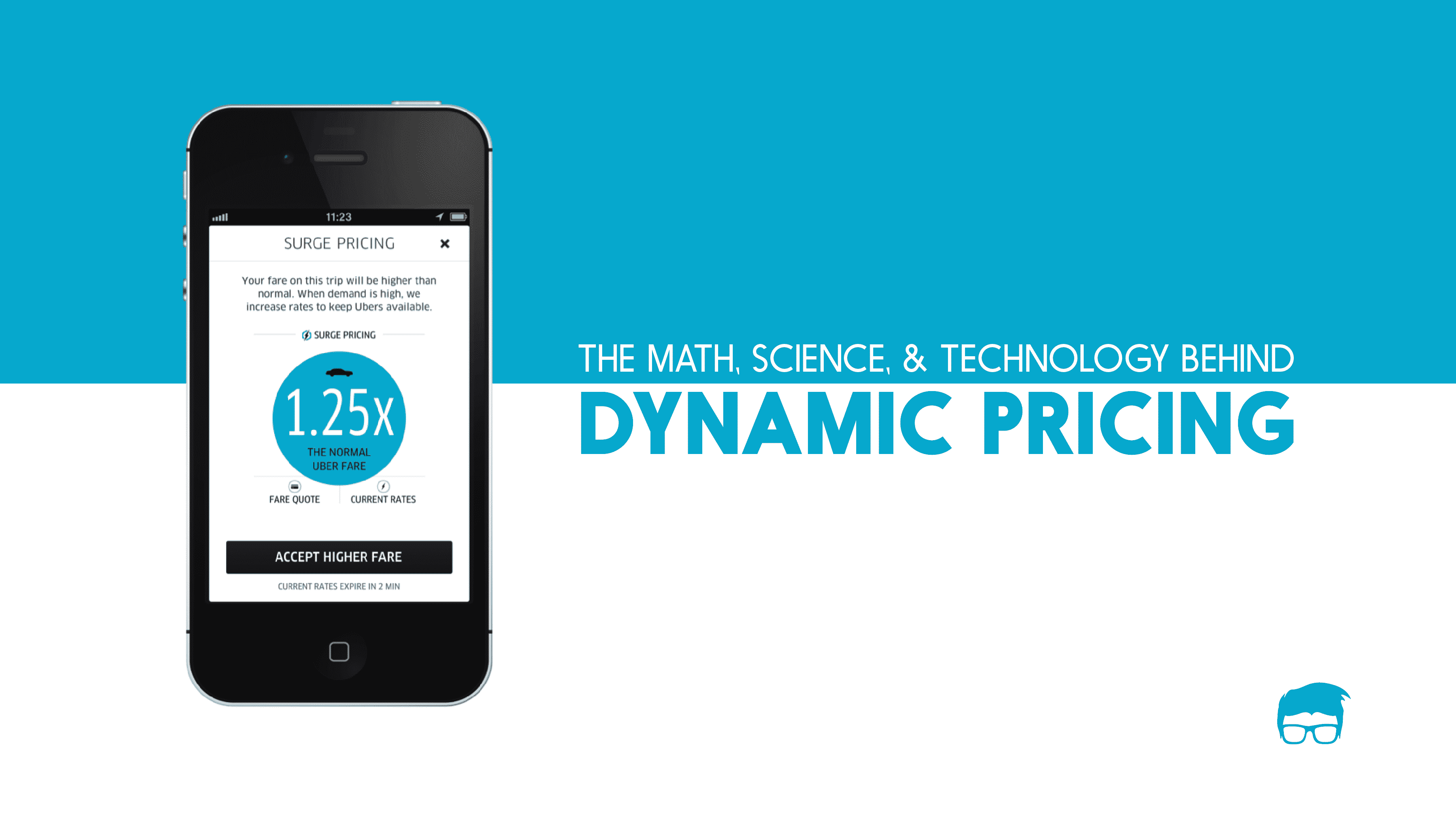Your startup just landed its biggest client yet. Revenue is climbing. Everything’s going perfectly.
Then you wake up to find your customer data encrypted, your systems locked, and a ransom demand in your inbox. Game over.
Here’s the thing most founders don’t realize: 60% of small businesses shut down within six months of a cyberattack. You’re not just building a product anymore – you’re managing a target that gets bigger with every customer you gain.
But you don’t need a computer science degree to protect your startup. You need practical steps that actually work without breaking your budget or slowing down your growth.
That’s exactly what you’ll get here. No technical jargon. No expensive enterprise solutions. Just straightforward cybersecurity strategies designed for founders who have a million other things on their plate.
Why Startups Are Prime Targets for Cyberattacks?
Here’s something that might surprise you: cybercriminals aren’t just going after Fortune 500 companies anymore. They’re hunting for easier prey, and that means your startup.
The Numbers Don’t Lie
According to the Verizon 2025 Data Breach Investigations Report, ransomware shows up in a staggering 88% of small business breaches. Compare that to just 39% at larger organizations, and you start to see the problem.
Small businesses aren’t just getting hit, they’re getting hit disproportionately hard. The thing is, these aren’t random attacks. Cybercriminals are deliberately targeting startups because they know something you might not want to admit: you’re vulnerable.
Why Your Startup Looks Like Easy Money
Think about it from a hacker’s perspective. Large corporations have dedicated security teams, million-dollar budgets, and incident response protocols.
Meanwhile, you’re running lean with limited resources and probably using the same password across multiple platforms.
You’ve got valuable data – customer information, financial records, intellectual property, but you likely don’t have the security infrastructure to protect it properly.
Plus, when something goes wrong, you don’t have a crisis management team ready to respond within hours.
The Real Cost of Getting Hit
But here’s where it gets really scary. When larger companies face a breach, they might lose money and reputation, but they usually survive.
For startups, a single cyberattack can be the end of everything you’ve built.
The IBM 2025 report shows the average cost of a data breach hit $4.44 million globally. That’s not just lost revenue. That’s investigation costs, legal fees, regulatory fines, and the nightmare of rebuilding customer trust from scratch. For a startup operating on tight margins, this kind of hit doesn’t just hurt. It’s often fatal.
Common Cybersecurity Threats Facing Startups
You’re building something amazing, but here’s the harsh reality: cybercriminals see your startup as low-hanging fruit. They’re not just after the big corporations anymore – they’re specifically targeting smaller businesses because you often lack the robust defenses that enterprise companies have.
Think of it like this: if you were a burglar, would you target the house with security cameras, alarm systems, and guards, or the one with just a basic door lock? That’s exactly how hackers view the business landscape.
Ransomware
Ransomware is like having someone break into your office, lock all your filing cabinets, and demand money for the keys. The attacker encrypts your files and systems, making everything inaccessible until you pay up.
What makes this particularly brutal for startups is the timeline pressure. You can’t afford weeks of downtime – your runway is already tight. Some founders end up paying because they literally can’t survive the operational shutdown, even though there’s zero guarantee the criminals will actually restore your data.
These attacks often start with something seemingly innocent – a fake invoice email or a “software update” notification that actually installs malicious code on your systems.
Phishing
Phishing attacks prey on human psychology. Picture getting an email that looks exactly like it’s from your bank, complete with logos and official language, asking you to “verify your account.” Except it’s not from your bank – it’s from someone trying to steal your login credentials.
In the startup world, attackers often impersonate vendors, investors, or even team members. They’ll send emails that look legitimate but contain malicious links or attachments. One click from a tired employee working late, and suddenly your entire network is compromised.
Thanks to non-existent guidelines or policy regarding network security.
The scary part? These emails are getting incredibly sophisticated. We’re not talking about obvious scams with terrible grammar anymore. We’re talking about AI that sound like real humans.
Third-Party Vulnerabilities
You probably use dozens of third-party tools – project management software, payment processors, cloud storage, marketing platforms. Each one is a potential entry point for attackers.
It’s like having multiple doors to your house, but you only control one of them. If any of your vendors gets breached, criminals can potentially access your data through that connection. This is especially concerning because you have no control over their security practices.
Insider Threats and Human Error
Sometimes the threat comes from inside your organization – not necessarily from malicious intent, but from simple human mistakes. An employee accidentally shares sensitive data, uses a weak password, or falls for a social engineering attack.
In small teams, this risk multiplies because fewer people often have access to more systems and data. When someone makes a mistake, the impact can be devastating.
Problem: Why Traditional Security Approaches Don’t Work for Startups
Here’s the brutal reality: most cybersecurity advice is written for Fortune 500 companies, but cybersecurity for startups requires a completely different approach. If you’re running a startup, that advice feels about as useful as a fire extinguisher during a flood.
The numbers tell a stark story. According to the Verizon 2025 Data Breach Investigations Report, 88% of ransomware attacks now target small to medium businesses – and that includes startups who think they’re too small to be noticed. Spoiler alert: cybercriminals don’t care about your company size. They care about easy targets.
Limited Budget and Resources
Traditional enterprise security solutions cost anywhere from $50,000 to $500,000 annually. When you’re bootstrapping or operating on seed funding, spending that kind of money on security feels impossible. You’re choosing between hiring your next developer or buying enterprise-grade firewalls.
Most startups end up with the free versions of everything, creating a patchwork security system that’s full of gaps. It’s like using duct tape to fix a dam – it might hold for a while, but you’re gambling with your entire business.
Lack of Technical Expertise
Enterprise security requires dedicated cybersecurity professionals who command six-figure salaries. Your small team is already wearing multiple hats – your CTO is probably handling DevOps, product development, and customer support simultaneously.
The IBM 2025 report highlighted how many organizations adopt AI tools without implementing proper security frameworks first. This creates vulnerabilities that require specialized knowledge to address. When your “security expert” is whoever Googled the problem last, you’re setting yourself up for trouble.
Rapid Growth Challenges
Startups grow fast and chaotically. You’re adding new tools, integrating third-party services, and onboarding employees at breakneck speed. Traditional security approaches require careful planning and gradual implementation – luxuries most startups simply don’t have.
Every new integration becomes a potential entry point. Every new employee needs access to systems. Every growth milestone introduces complexity that your basic security setup wasn’t designed to handle.
Solution: Essential Security Foundations Every Startup Needs
Here’s what you need to know right upfront: you don’t need a security degree to protect your startup. The NIST Small Business Cybersecurity guide breaks down enterprise-level protection into four simple steps that any founder can implement in a weekend, making cybersecurity for startups both accessible and practical
Think of cybersecurity like locking your house. You wouldn’t leave your front door wide open, but you also don’t need a security system that costs more than your rent. These four foundations give you solid protection without breaking your budget or requiring a technical team.
Multi-Factor Authentication
MFA is like having both a key and a security code for your front door. Even if someone steals your password, they can’t get in without the second piece.
You’re already using this if you get a text code when logging into your bank. Set it up for every business account – email, cloud storage, project management tools. Most services make this free and take five minutes to enable.
The thing is, 99.9% of automated attacks fail when MFA is active. That’s not a typo – it’s that effective.
Automated Backups
Backups are like having copies of your house keys hidden around the neighborhood. If ransomware locks you out, you can still get back in.
Set up automatic daily backups to the cloud. Services like Google Drive, Dropbox Business, or AWS handle this without you thinking about it. The key word here is automatic – manual backups fail because people forget.
Test your backups monthly by actually restoring a file. You’d be surprised how many businesses discover their backups don’t work only when disaster strikes.
Software Updates
Outdated software is like leaving your windows unlocked. Hackers know exactly which versions have security holes and target them specifically.
Turn on automatic updates for everything – operating systems, browsers, business applications. Yes, updates can occasionally break things, but unpatched software breaks your entire business when hackers find those known vulnerabilities.
Schedule updates for off-hours if you’re worried about disruption. Most modern systems handle this seamlessly.
Password Management
Using the same password everywhere is like having one key for your house, car, office, and safe. When that key gets copied, everything’s compromised.
Get a password manager like Bitwarden, 1Password, or Dashlane. These tools create unique, complex passwords for every account and remember them so you don’t have to. You’ll only need to remember one master password.
Most password managers cost less than $5 per person per month and prevent the majority of successful account breaches.
That’s it. Four simple steps that cost less than most software subscriptions but provide enterprise-level protection. You can implement all of these this weekend and sleep better knowing your startup has solid security foundations.
Building Your Cybersecurity Defense Strategy
Here’s the thing about cybersecurity for startups – you can’t defend what you don’t understand. Most small business owners jump straight to buying security software without knowing what they’re actually protecting. That’s like installing locks on your house before figuring out which doors need them most.
Let’s walk through a practical approach that actually works.
Step 1: Assess Your Current Security Posture
Start by taking inventory of what you have. List every device, software application, and data storage location in your business. This includes that forgotten laptop in the storage room and the cloud storage account your marketing intern set up last year.
Ask yourself these questions: What security measures do you already have in place? Where do you store sensitive information? Who has access to what? You might discover that your biggest vulnerability isn’t some sophisticated hacker – it’s the shared password everyone uses or the customer data sitting unprotected on someone’s personal device.
Step 2: Identify Critical Assets and Data
Not all data is created equal. Your customer payment information deserves more protection than your office lunch menu. Create a priority list of your most valuable assets.
Think about what would hurt your business most if it disappeared or got stolen. Customer databases, financial records, proprietary processes, and employee information usually top this list. Once you know what matters most, you can focus your security efforts where they’ll have the biggest impact.
Step 3: Implement Basic Security Controls
Now comes the action part. Start with these fundamental controls that address the most common attack vectors:
Set up multi-factor authentication on all critical accounts. This simple step blocks most password-based attacks. Update all software regularly – those annoying update notifications exist for a reason. Create separate user accounts for different roles so your part-time bookkeeper doesn’t have access to your entire customer database.
Install reputable antivirus software and configure automatic backups for your most important data. The NIST cybersecurity framework provides excellent guidance on these foundational controls, helping you prioritize which security measures to implement first.
Step 4: Create Incident Response Plans
When something goes wrong – and eventually something will – you need a plan. Document who to contact, what steps to take, and how to communicate with customers if their data gets compromised.
Your incident response plan doesn’t need to be complicated. Write down the basics: how to disconnect infected devices, who handles customer notifications, and when to call in outside help. Practice this plan with your team so nobody panics when facing a real security incident.
The key is starting somewhere. You don’t need perfect security on day one – you need better security than you had yesterday.
Bottom-Line?
Here’s what you need to remember: cybersecurity for your startup isn’t about becoming a security expert overnight. It’s about making smart, practical choices that protect what you’ve built.
You’ve seen the numbers. With 88% of small businesses facing ransomware threats, ignoring cybersecurity isn’t an option. But you’ve also learned that protecting your startup doesn’t require enterprise-level budgets or dedicated IT teams.
The difference between vulnerable startups and protected ones comes down to taking action on the basics. Strong passwords with a manager. Multi-factor authentication on critical accounts. Regular backups stored safely offline. Employee awareness training that actually works.
These aren’t overwhelming technical projects. They’re afternoon tasks that create months of protection.
Your next step is simple: pick one foundation element from this guide and implement it this week. Start with the password manager if your team is still using “startup123” variations. Set up automated backups if you’re not already doing them. Enable MFA on your most critical business accounts.
The thing is, every day you wait gives cybercriminals another opportunity. But every security measure you put in place makes your startup significantly harder to attack.
You don’t need to solve everything today. You just need to start building your defenses, one practical step at a time.
A startup consultant, digital marketer, traveller, and philomath. Aashish has worked with over 20 startups and successfully helped them ideate, raise money, and succeed. When not working, he can be found hiking, camping, and stargazing.

